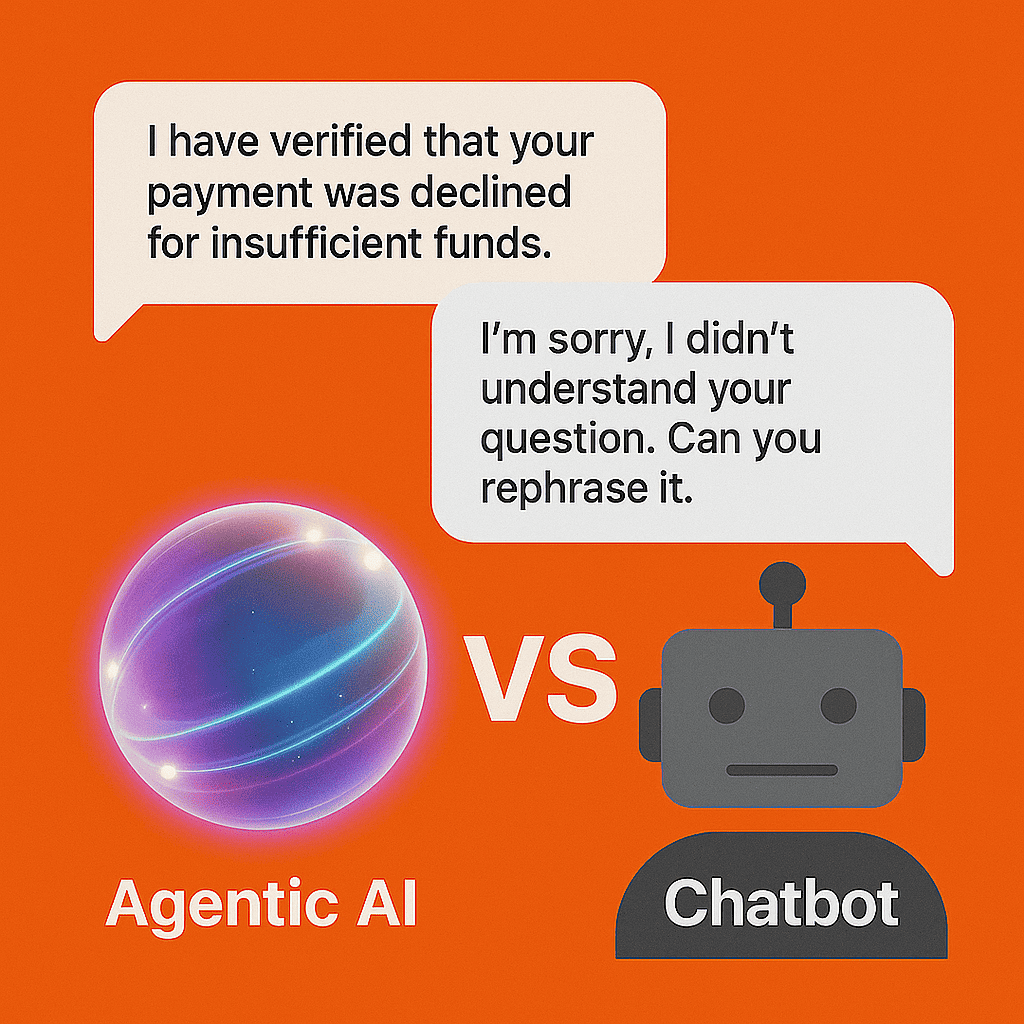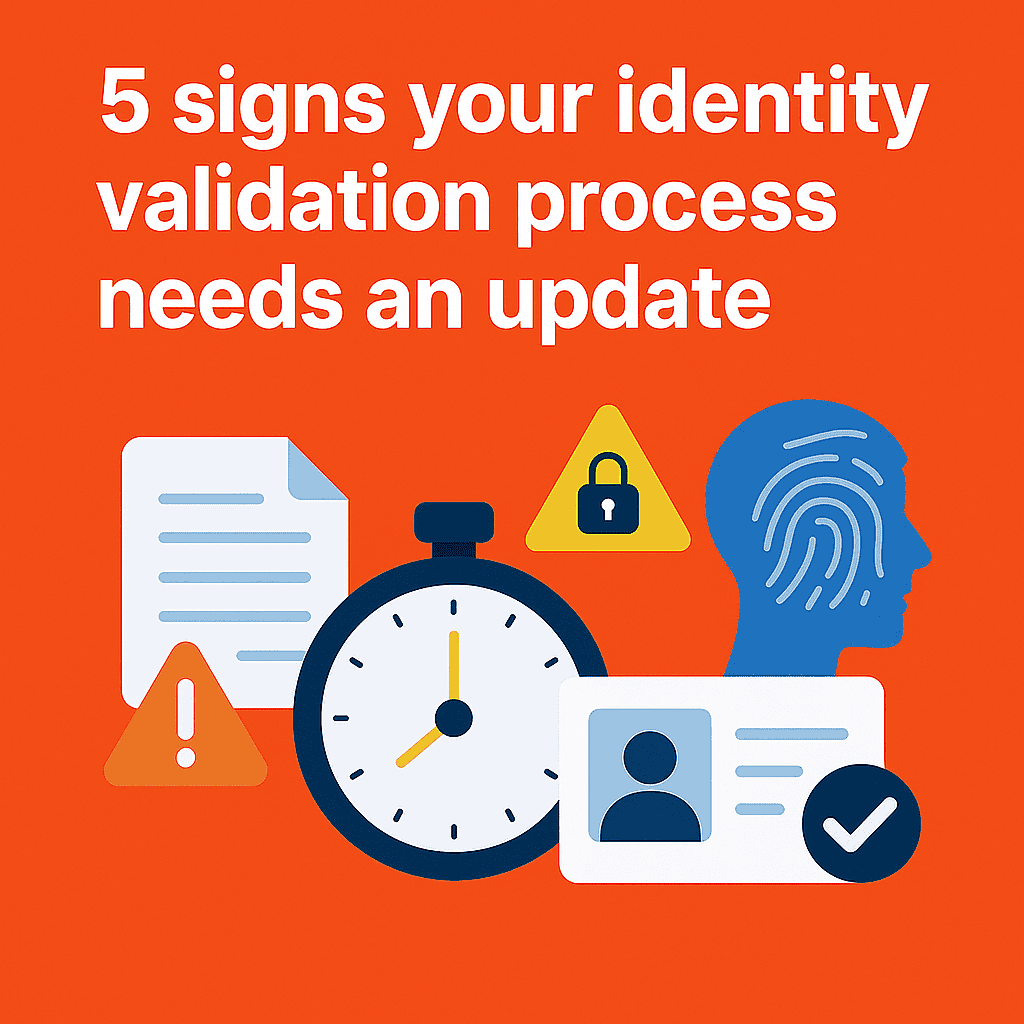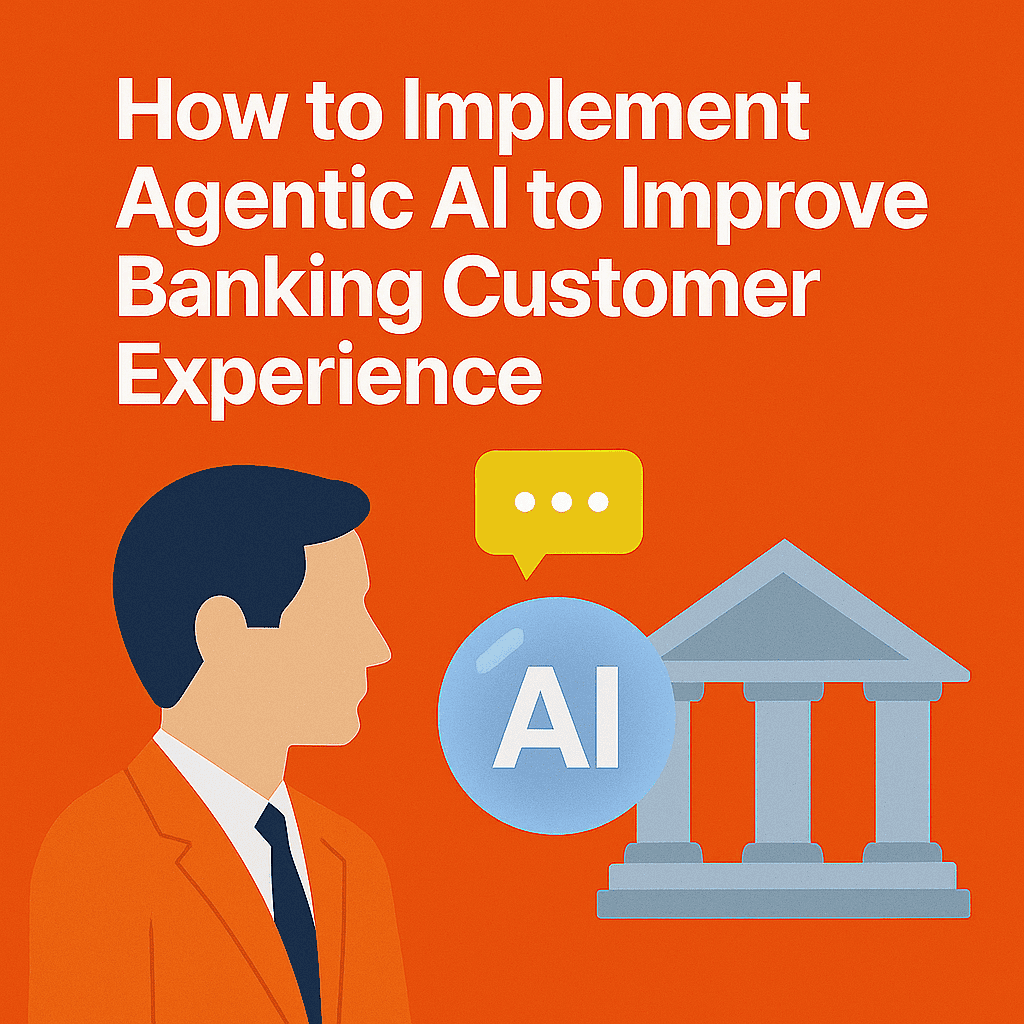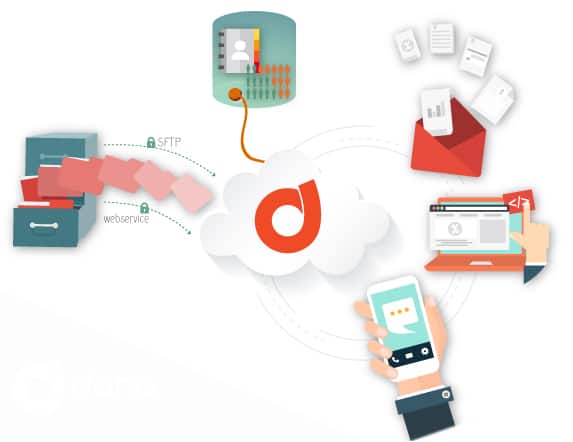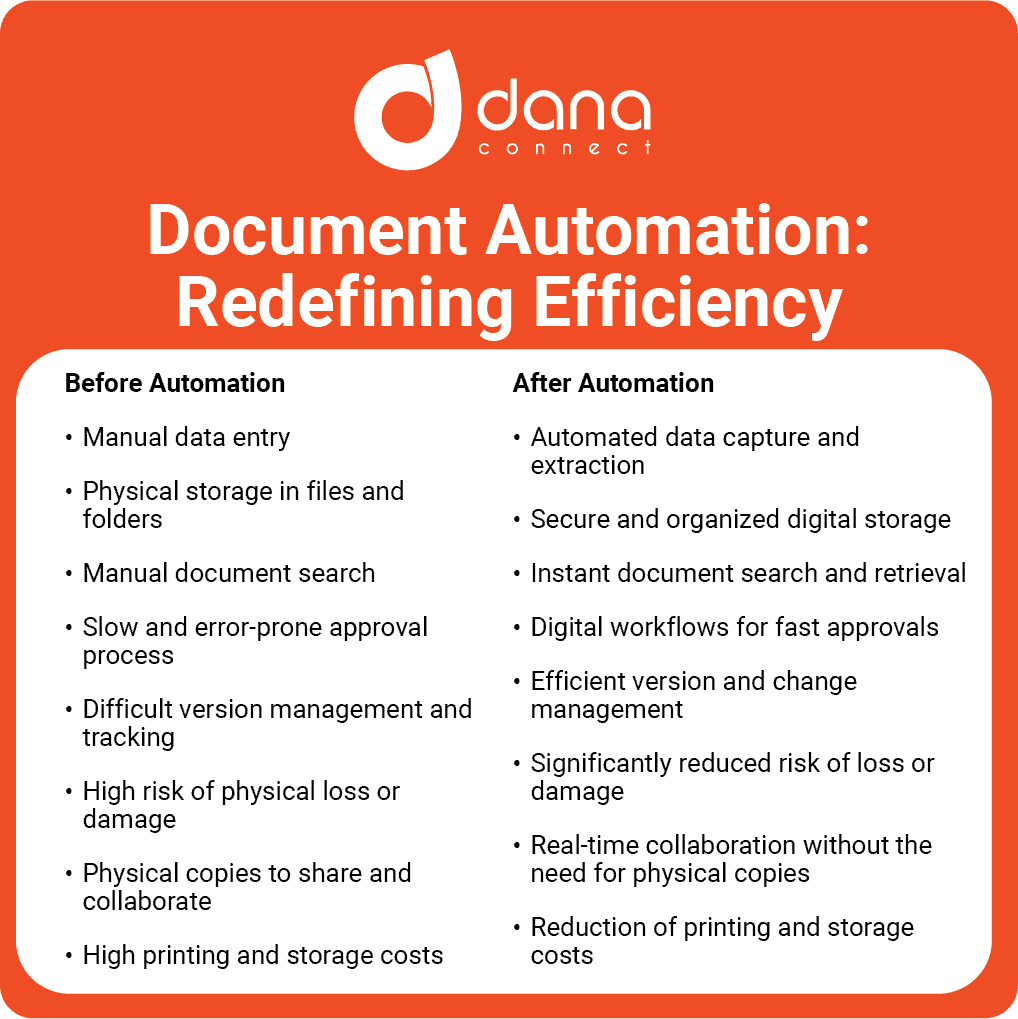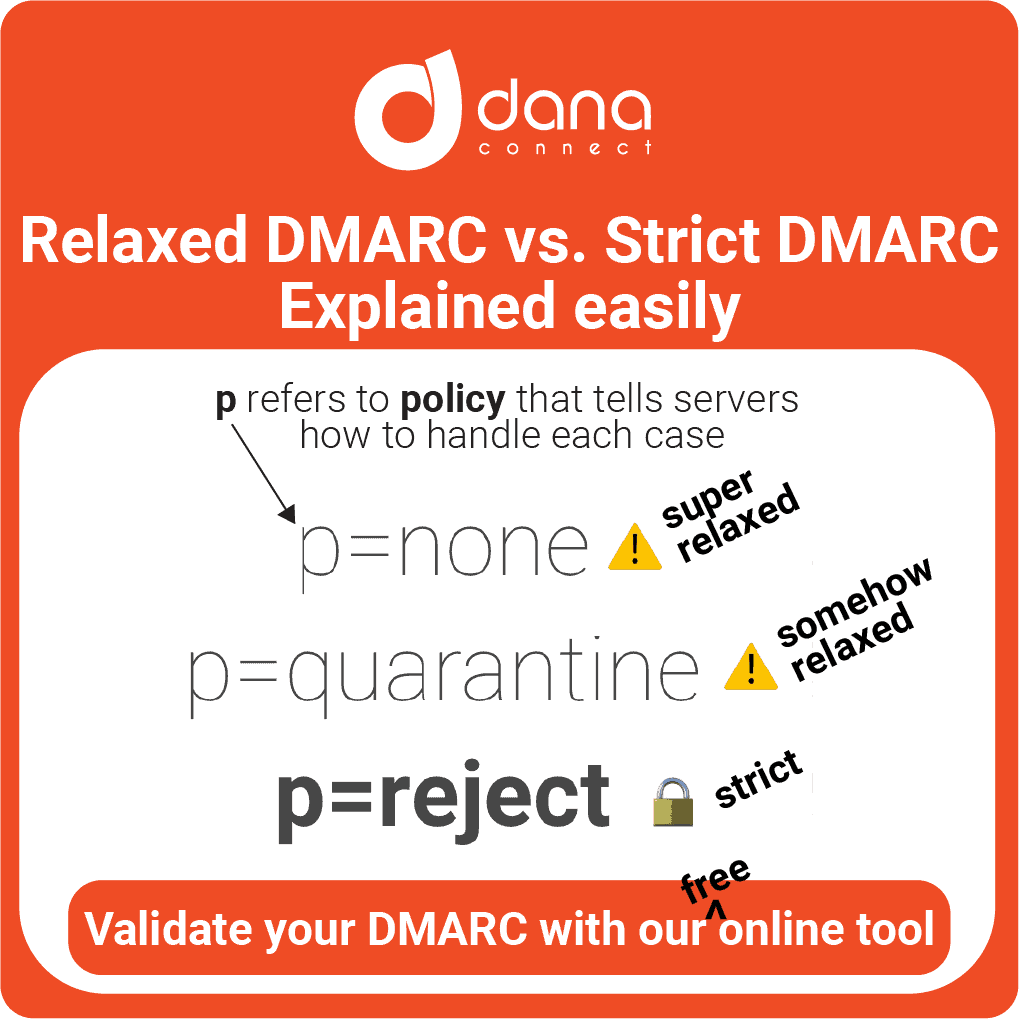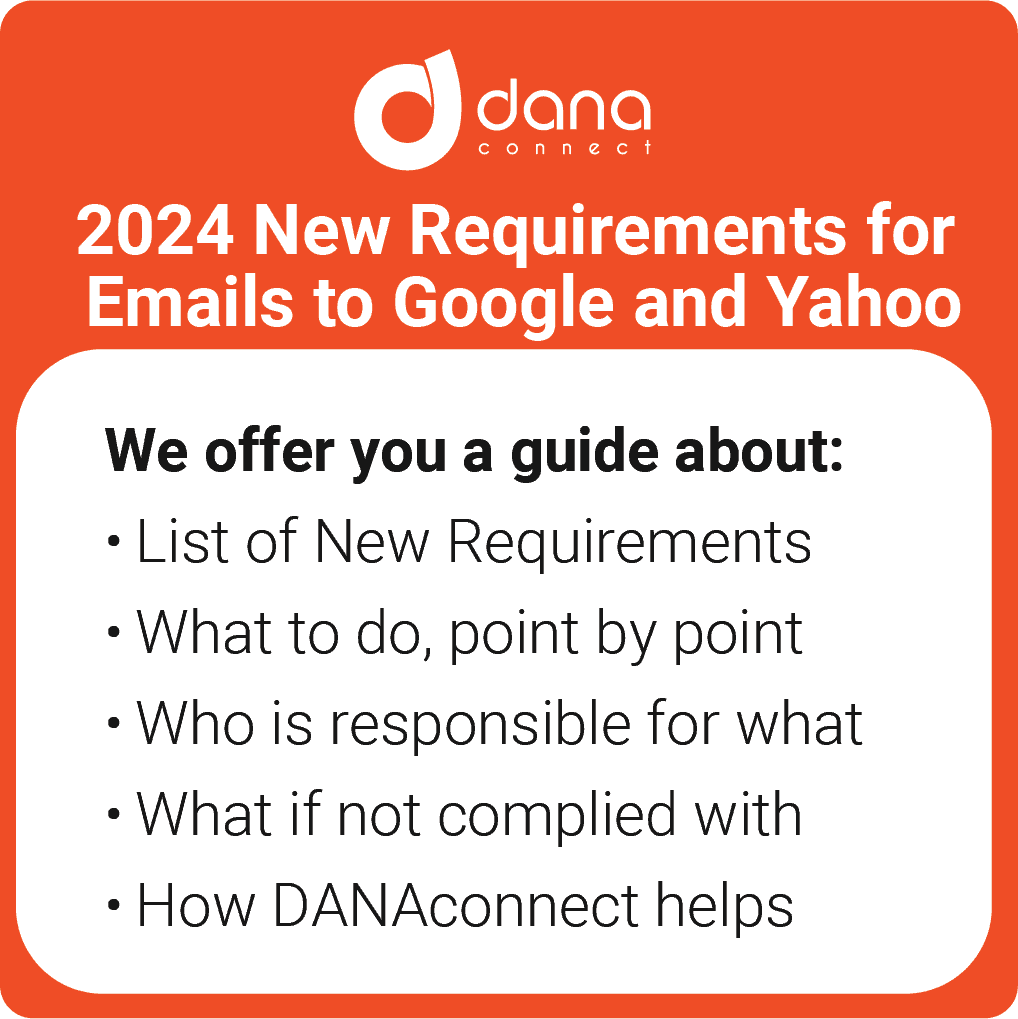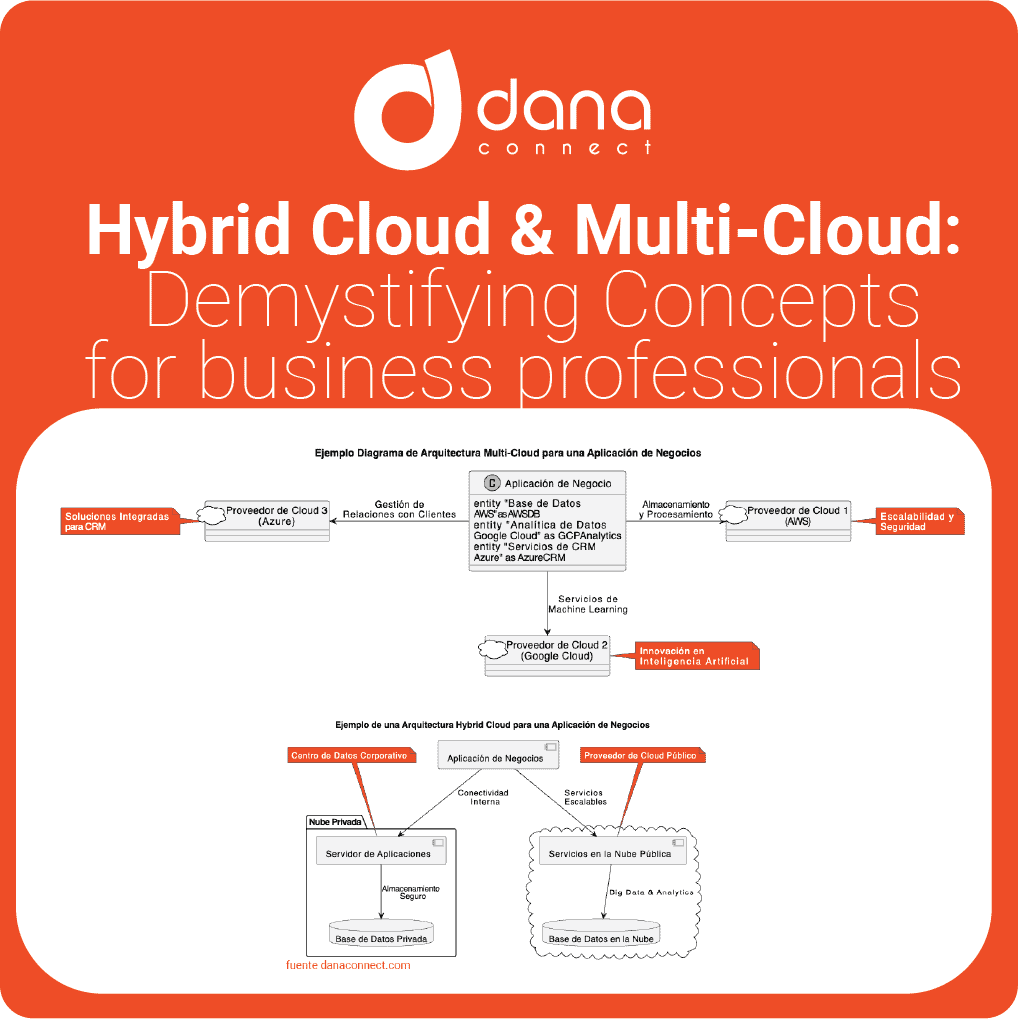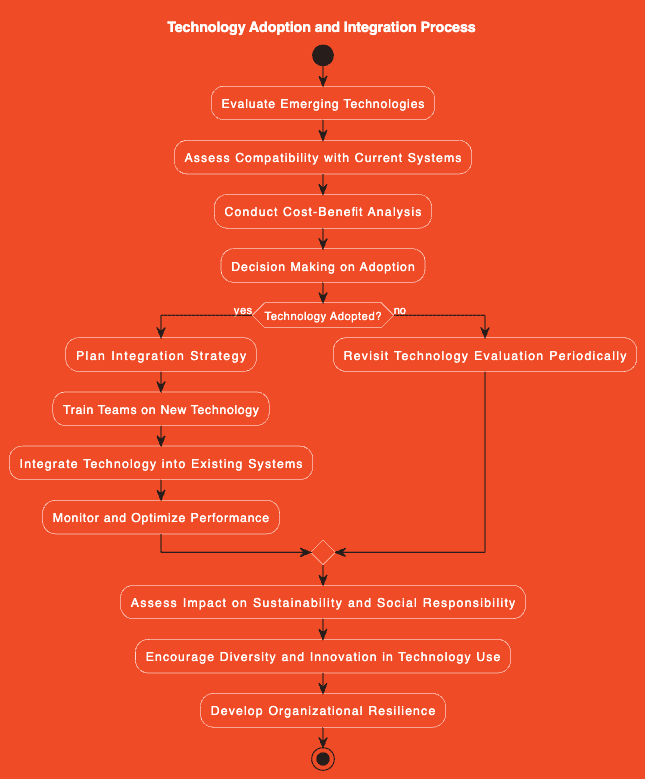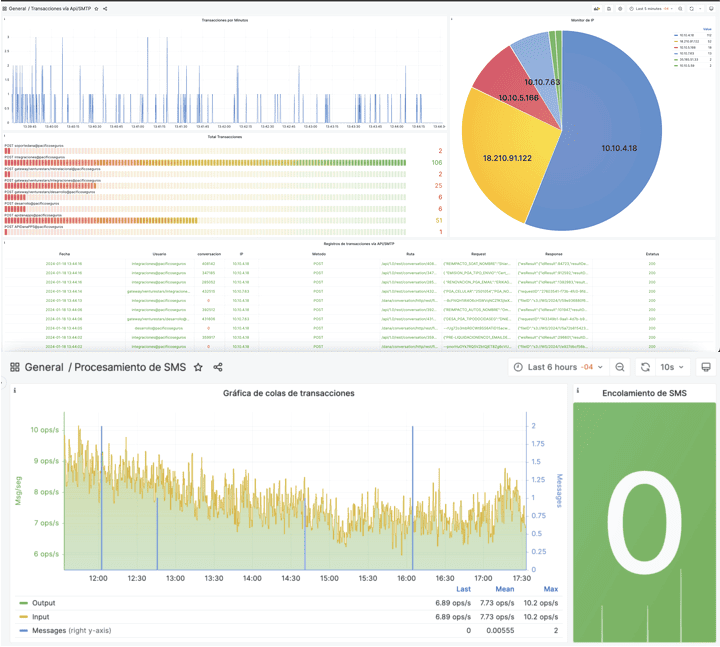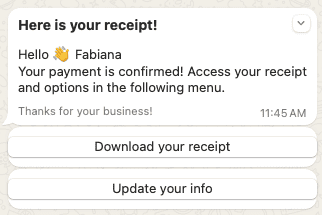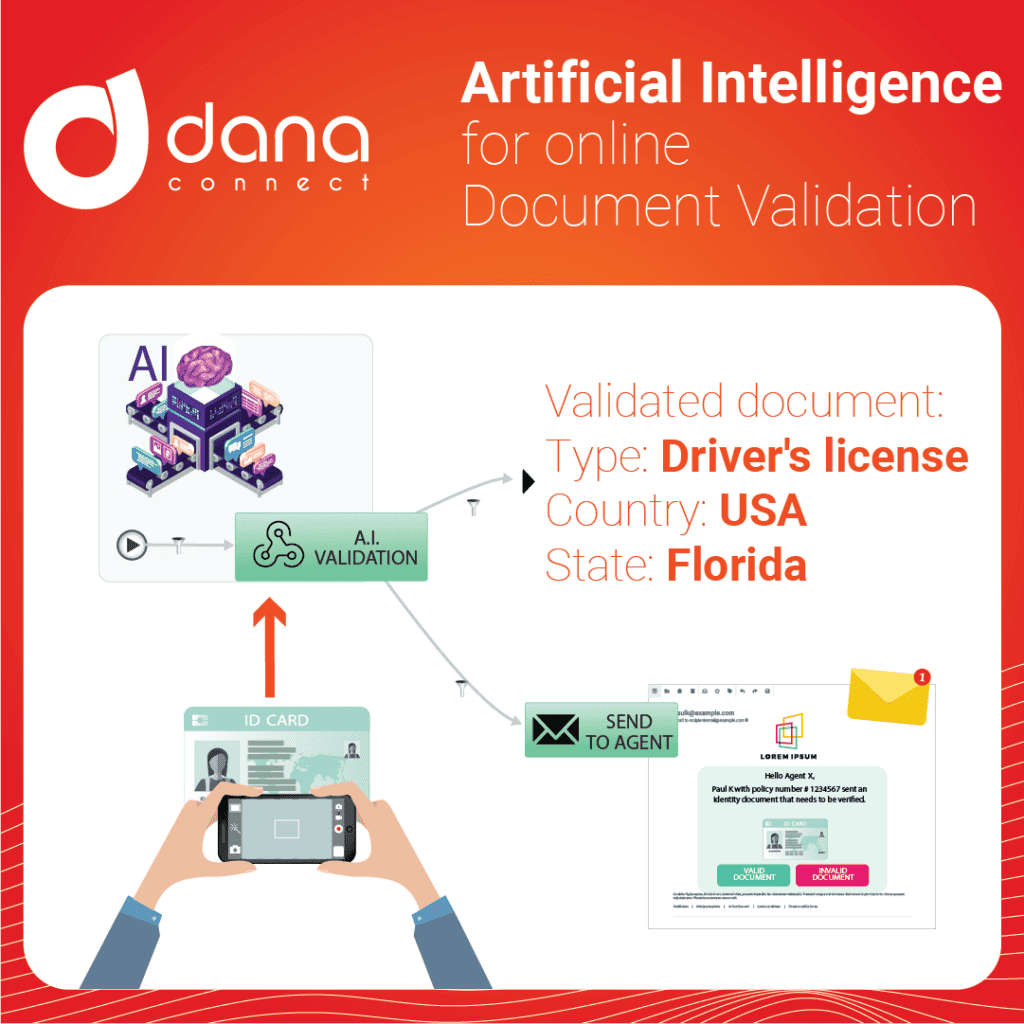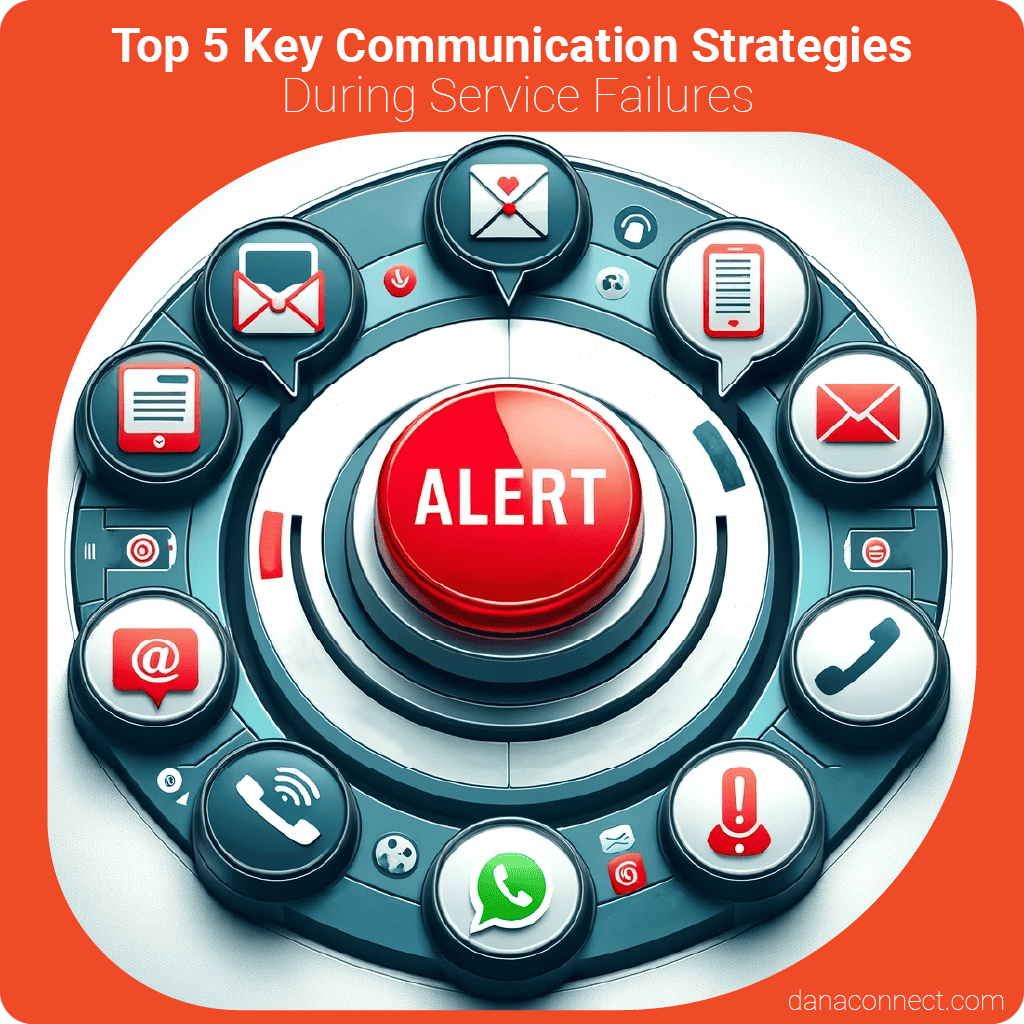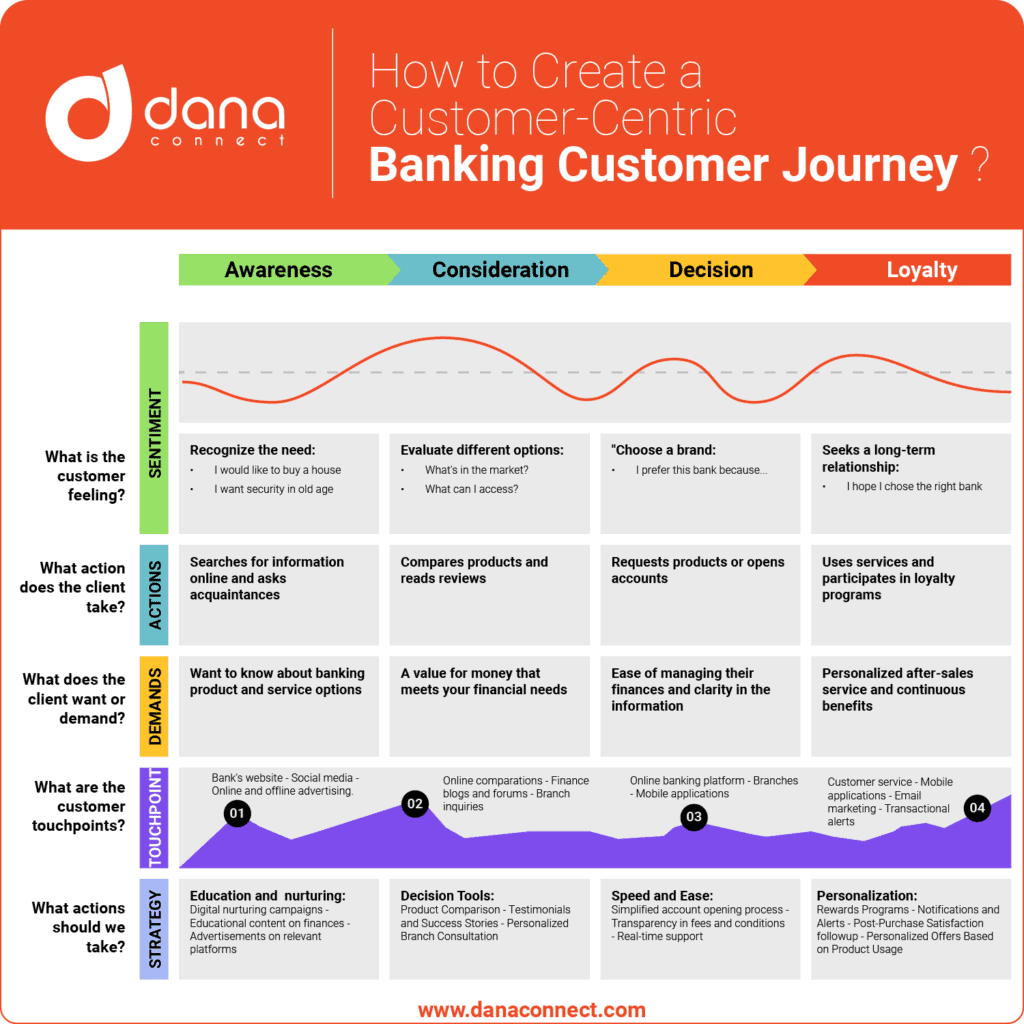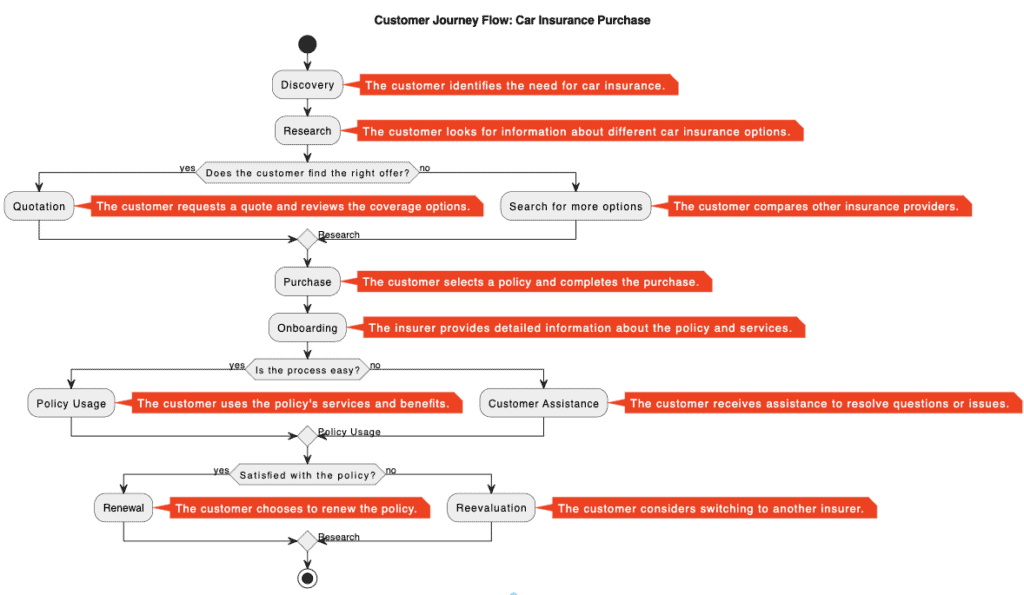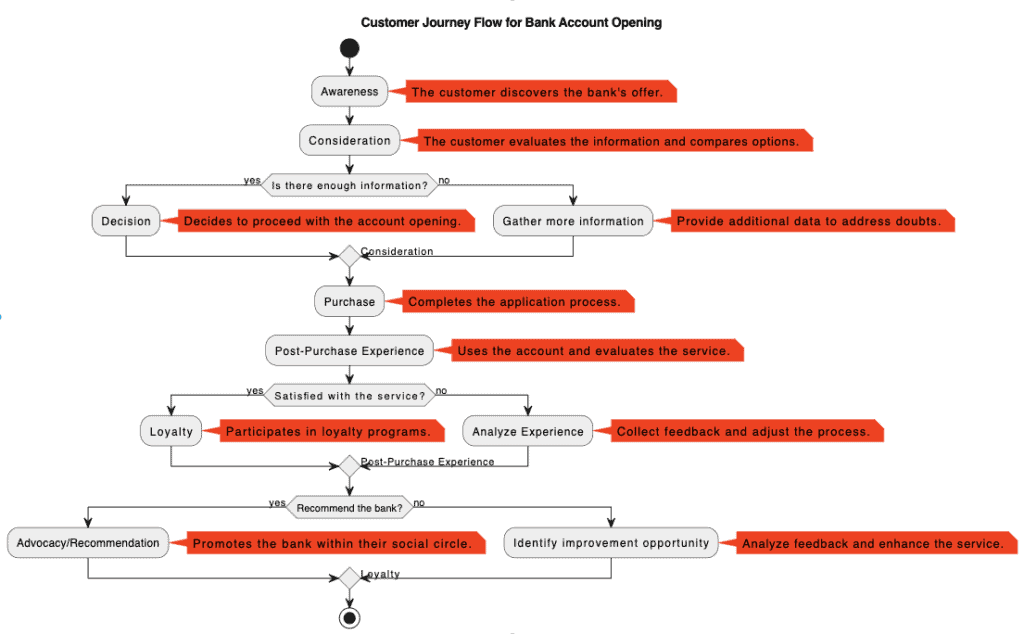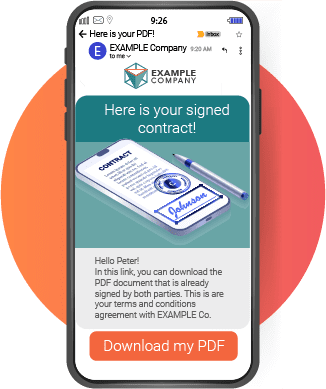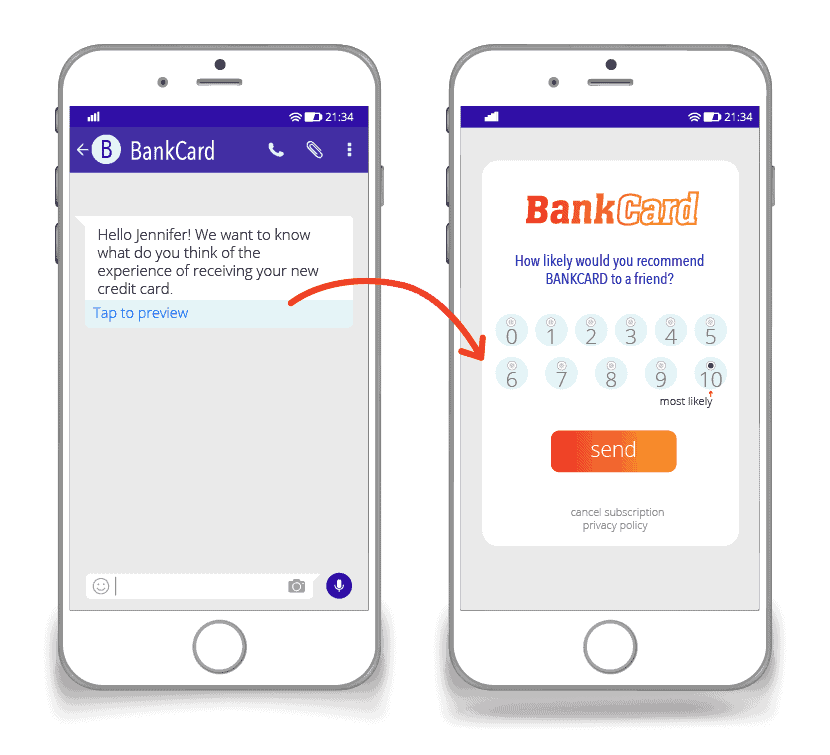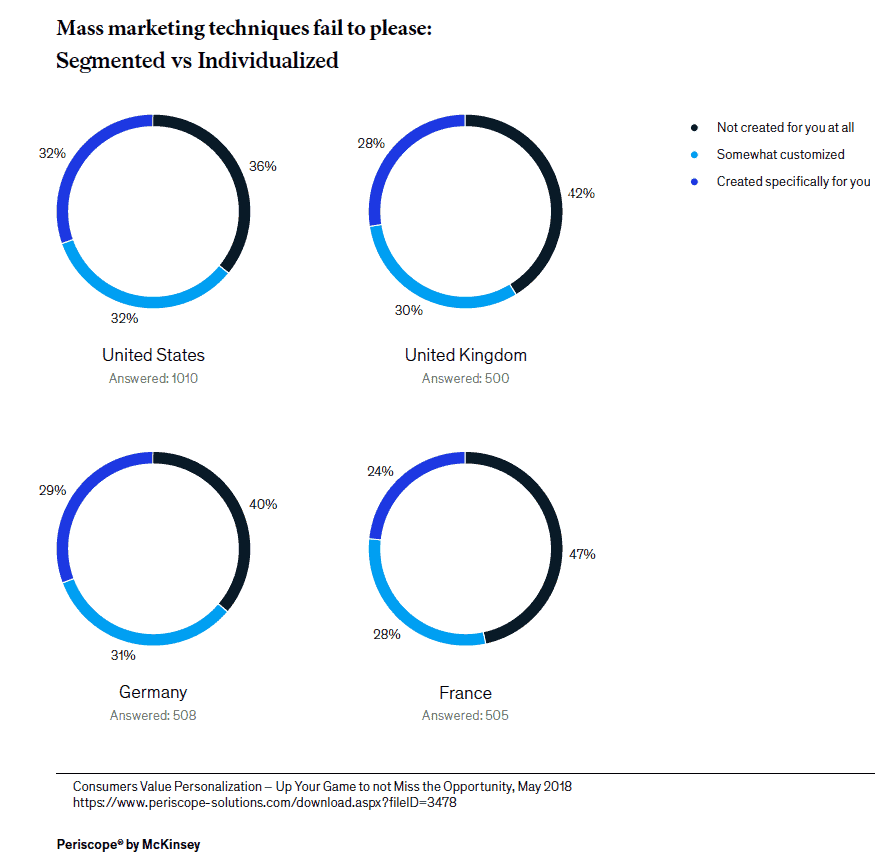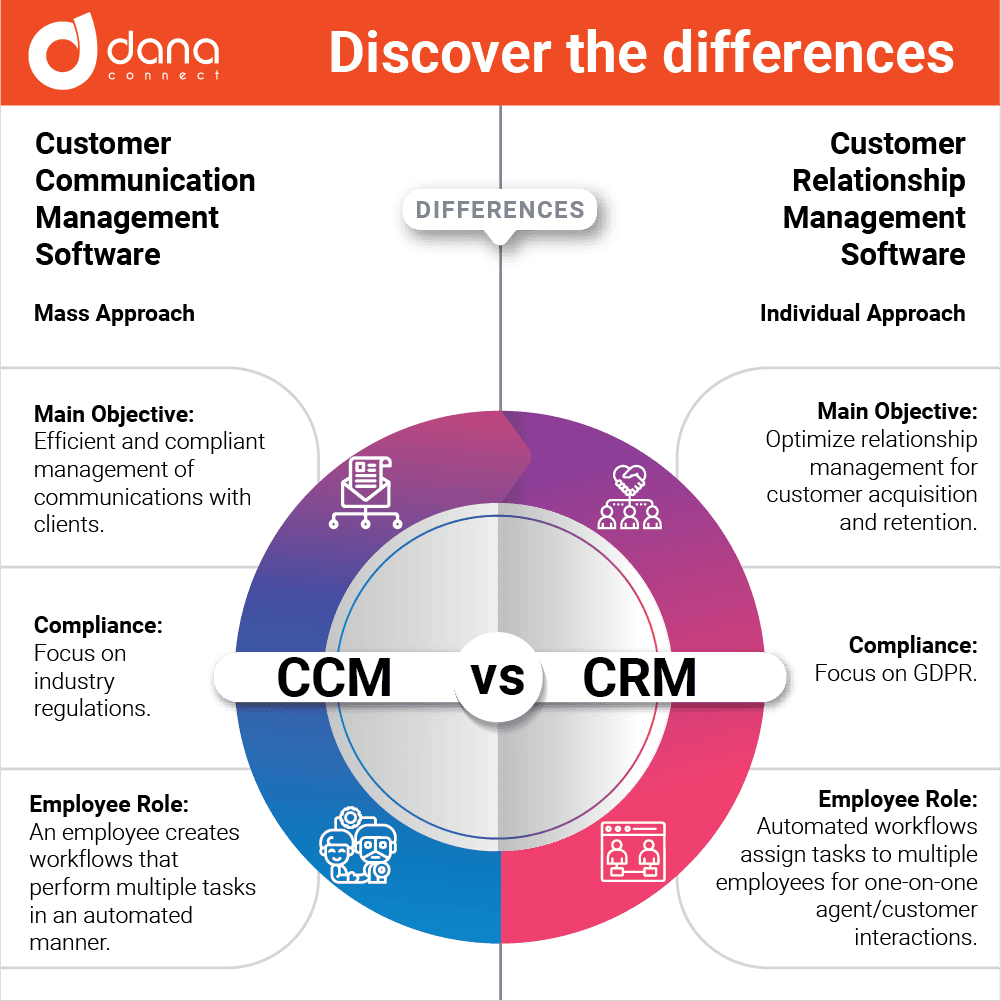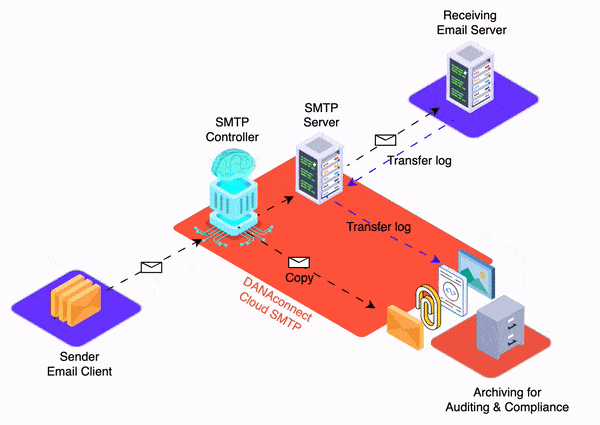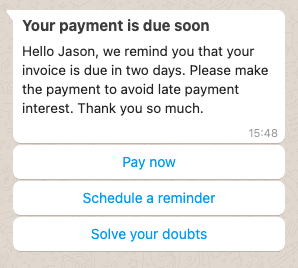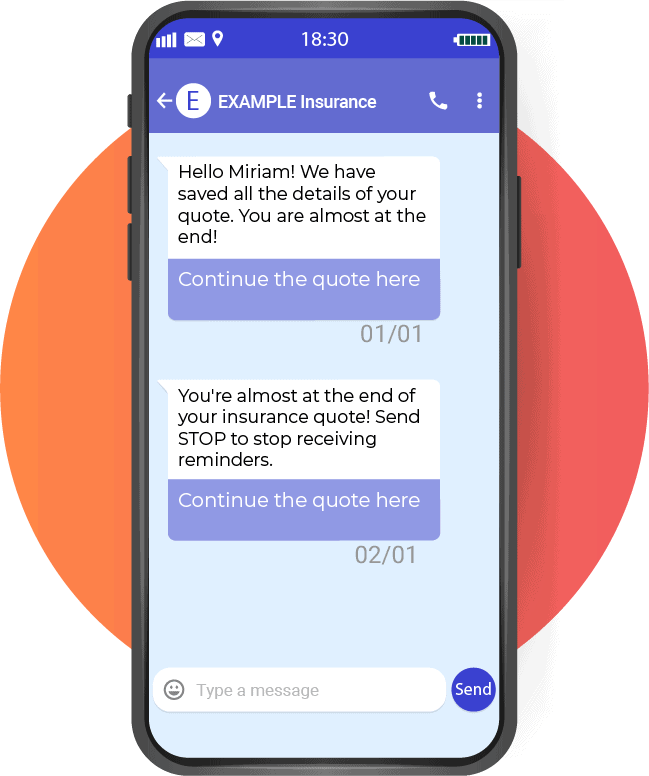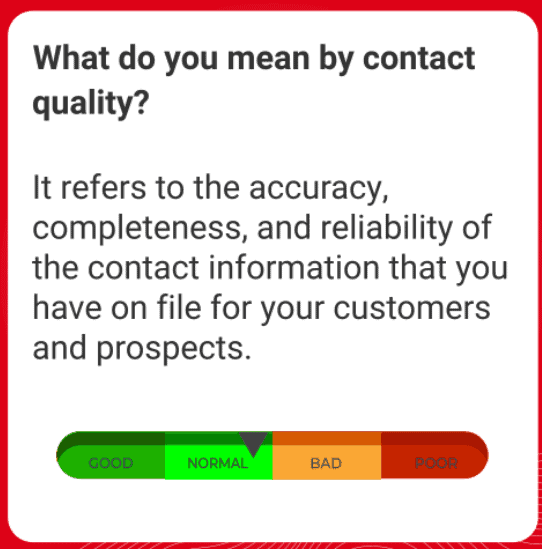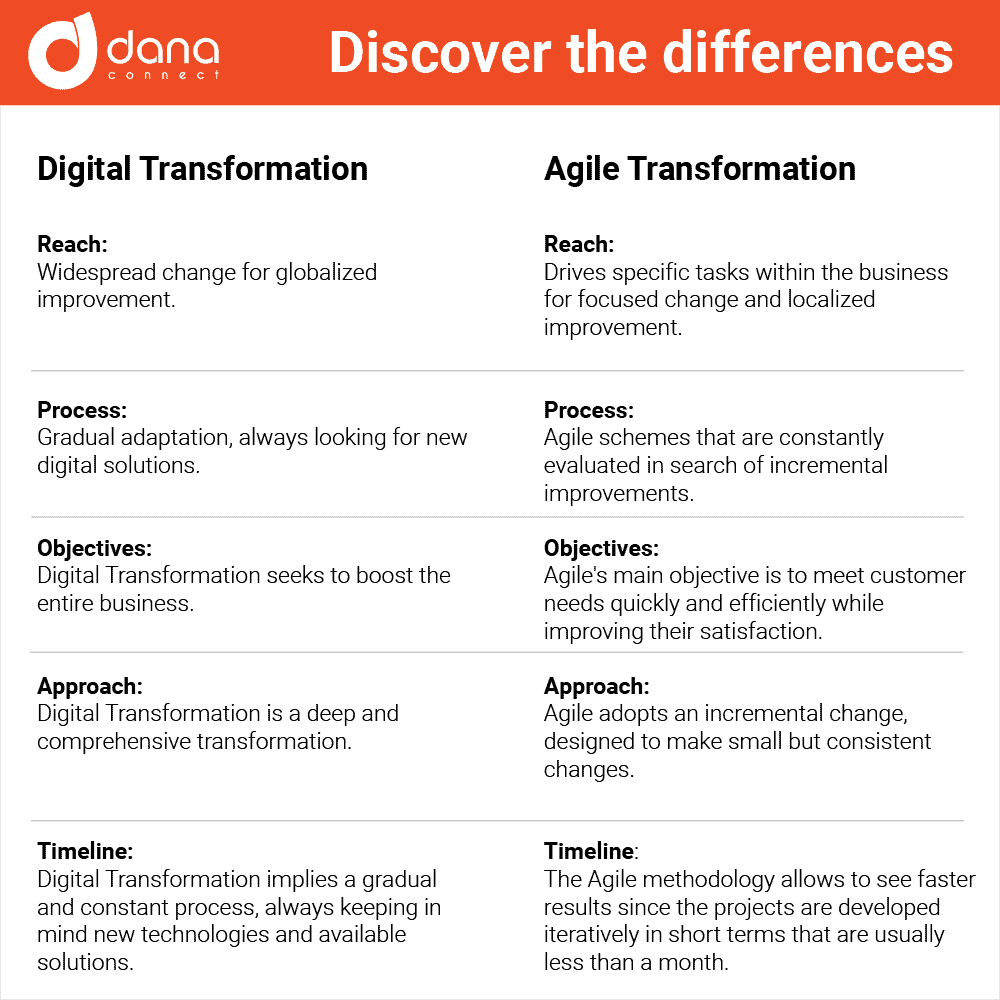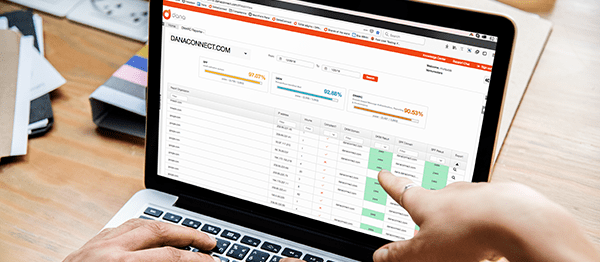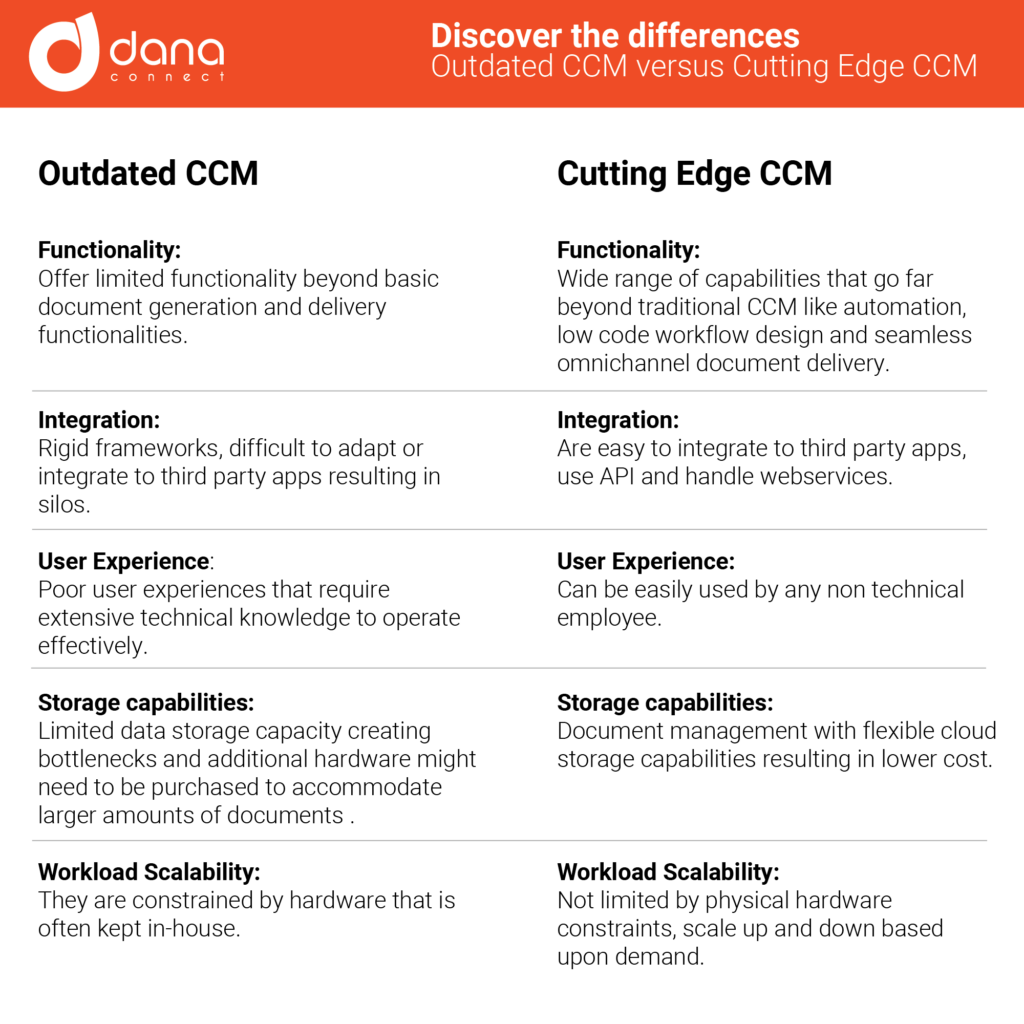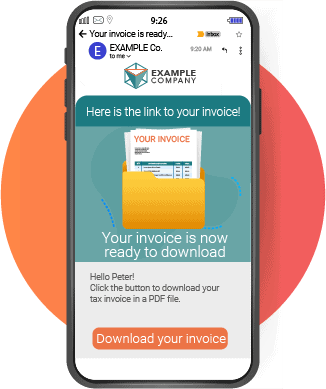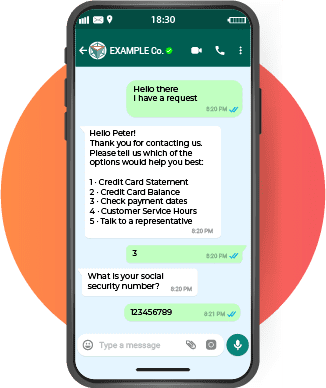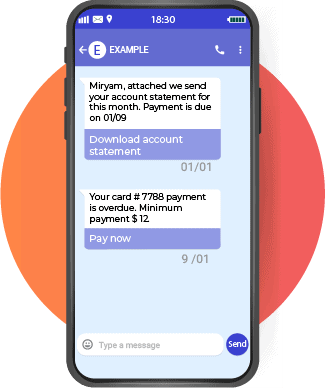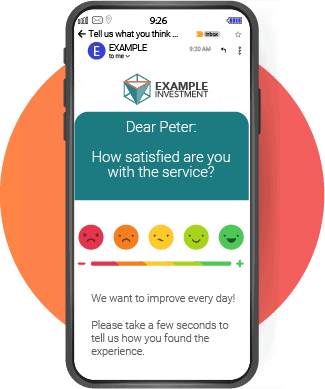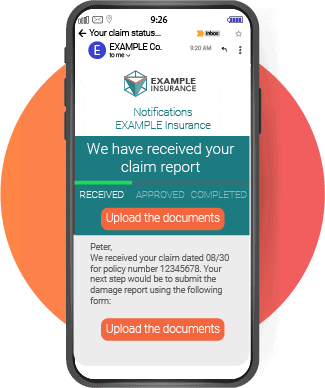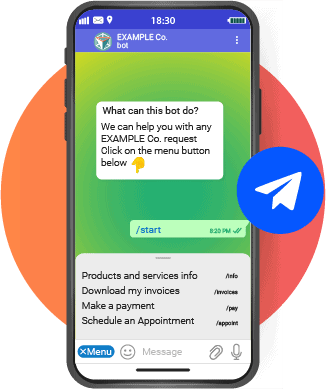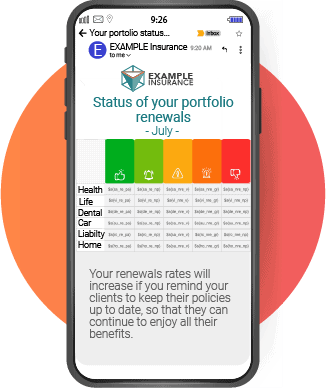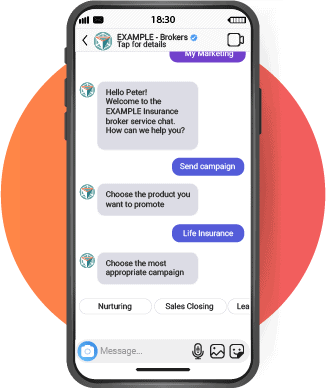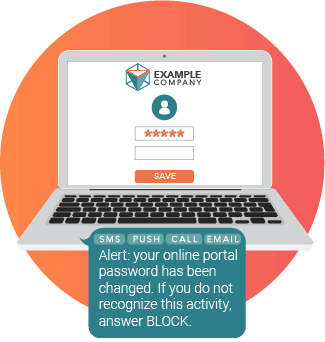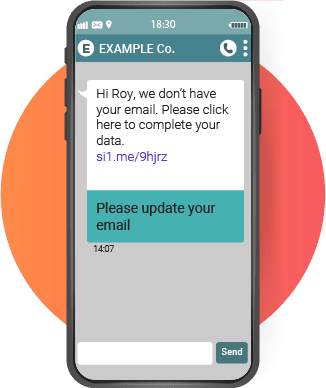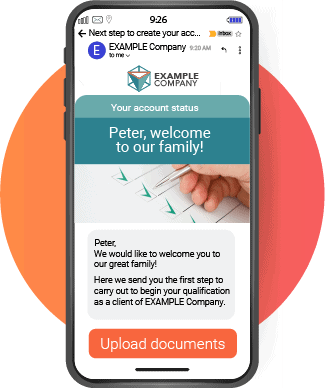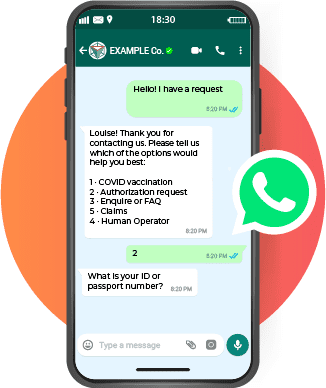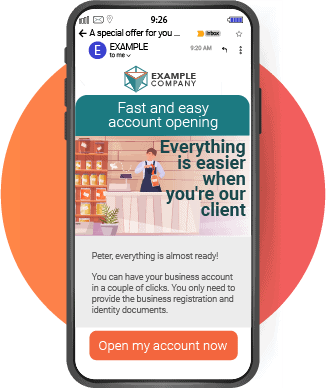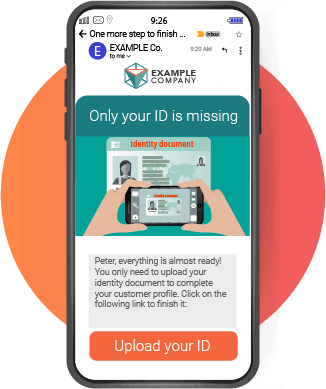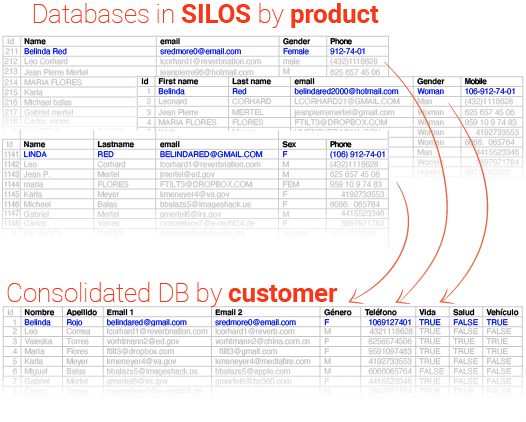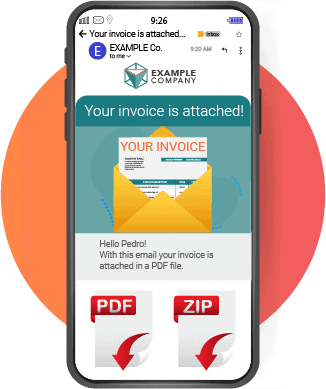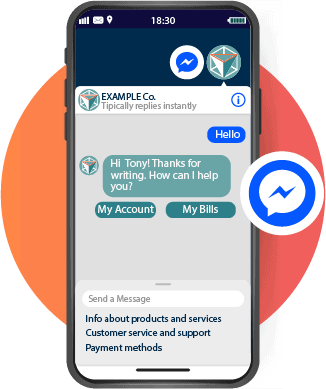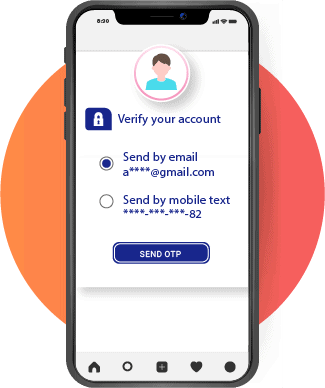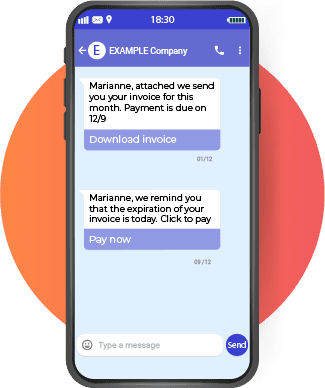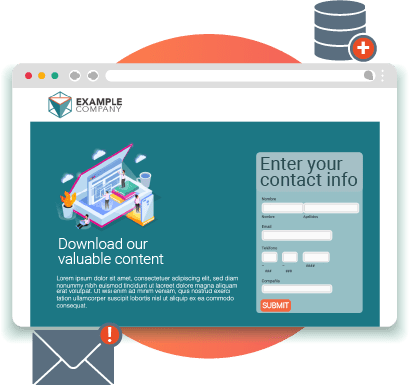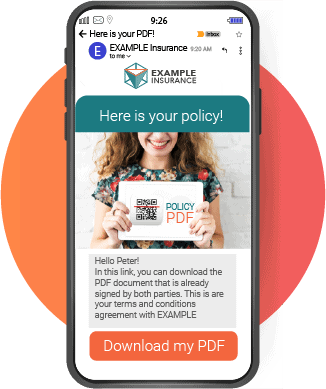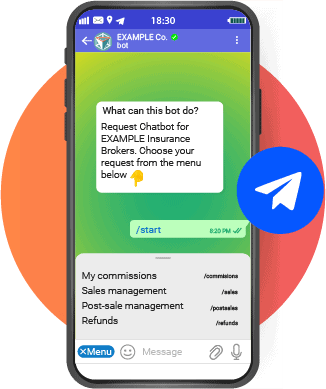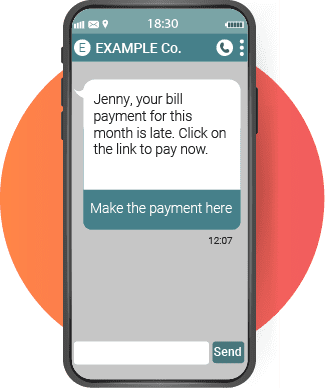Cloud SMTP for Application-to-Person (A2P) email is a powerful business tool that can help make your business more efficient and effective. It enables businesses to quickly and securely send large volumes of email to customers, prospects, and other contacts from their own servers and applications through a bulk email provider. In this way, companies can ensure that emails reach their intended recipients on time, without emails getting lost in spam or junk folders. It also allows businesses to track messages and monitor deliverability rates, allowing them to make any necessary adjustments. With the right Cloud SMTP solution, your business will be able to reach more customers and prospects quickly and securely, while saving time and money in the process.
What is Cloud SMTP?
Cloud SMTP is a service that allows businesses to send email using a third-party email server. Cloud SMTP servers are hosted servers managed by an Email Service Provider (ESP). Cloud SMTP services provide businesses with a secure and reliable way to send email while helping them comply with antispam laws, auditing, and reporting. Cloud SMTP providers also offer other features that are useful for businesses. These features include tracking, mailbox validation, and reporting. Tracking allows users to track delivery and view receipt of emails. Reports allow users to see the number of emails delivered, the number of bounces, and the number of emails sent each day.
Benefits of Cloud SMTP for A2P business email
The SMTP Cloud solution provides businesses with two main benefits, the first is that it adds security to the way emails are sent, and the second is that it allows companies to send millions of messages every day.
By using Cloud SMTP, businesses gain the ability to send email with a service agreement (SLA) that ensures all email is delivered within a set period of time. It also offers a significant reduction in the risk of emails being blocked or marked as spam, as well as a reduction in operational costs. Additionally, businesses can take advantage of the third-party reporting that is available with the Cloud SMTP solution, helping them optimize their ability to contact customers. Cloud SMTP solutions also offer many features to help businesses improve the efficiency of their email communications. These features include email tracking, reporting, mailbox validation, and sending messages from legacy systems. Email tracking allows businesses to track delivery and read receipt of emails. Using mailbox analytics can help businesses make adjustments and improve their deliverability rates. Send time restrictions allow users to set their emails to be sent at certain times of the day. This is useful for businesses that want to send email at certain times, such as outside business hours, so it doesn’t get marked as spam or blacklisted due to regulations.
How does it work?
When companies send email, recipients are likely to receive their messages from one of three types of servers: The company server that sent the message, the company server from which the recipient sent the message or the third-party email service provider (ESP) server.
When using an ESP, the company sends the message to the ESP server, and the ESP sends the message to the recipient’s server.
Security and compliance features
Full user authentication: With full authentication, businesses can authenticate their users and control the way they log in to send emails, and from where they send them.
DMARC support: This feature can help to protect against spam, identity theft, and malicious emails.
Domain Authentication: Domain Authentication helps to ensure that emails are sent from valid domains. While this feature isn’t designed to protect against spam, it can help to reduce the amount of spam that gets sent.
DomainKeys Identified Mail DKIM: DomainKeys Identified Mail (DKIM) is a service that allows ESPs to authenticate emails on behalf of businesses. This feature can help to reduce the amount of spam that gets sent.
Email Address Authentication: Email Address Authentication allows ESPs to authenticate sending email addresses. This is an authorized remittent list that limits the ability to send email from other addresses.
SPF Sender Policy Framework: is a server-side verification feature that helps to prevent spam.
Strengthened Infrastructure: ESPs use different methods to filter and route messages. This can help to prevent spam and malware, and it can help to ensure that emails are delivered on time.
Reputation Management: Reputation Management allows ESPs to monitor the reputation of all emails sent through the system, which can help to prevent spam and malware.
Mailbox validation: Email mailbox validation allows users to verify email addresses in their contact list before they can send messages. This feature can help avoid spam traps and blacklisting.
Automated Unsubscribe Manager: Managing unsubscribes automatically filters email addresses that have unsubscribed or marked as spam previous emails received by that domain.
Cloud SMTP Best Practices for A2P Business Email
When configuring their applications’ email messaging with a Cloud SMTP solution, businesses should follow some best practices. These include email account authentication, domain name verification, sender authentication, and tracking best practices for email content. Businesses must authenticate their email accounts to defend against spam and identity theft. When companies authenticate their email accounts, they verify that they are the owner of the account. This helps prevent spammers from creating email accounts in your name. When companies authenticate their senders, they confirm that the email address sending the messages is valid. This can help reduce the amount of spam and phishing being sent.


